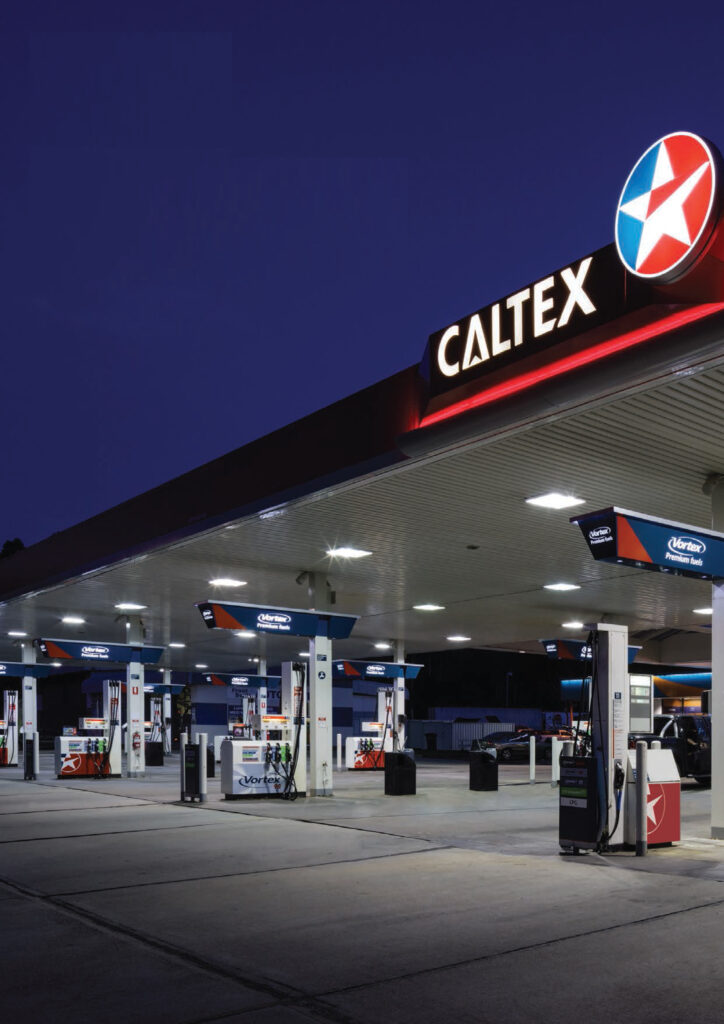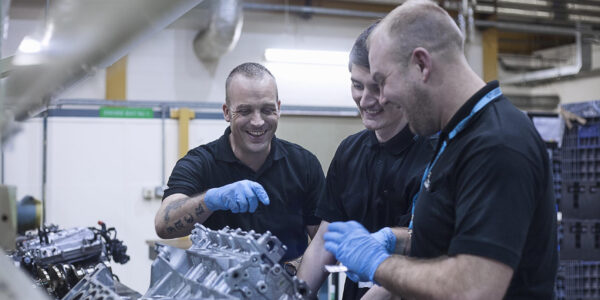Skills shortage shrinks but fewer businesses hire apprentices
- PostedPublished 18 September 2015
Australia’s automotive skills shortage has shrunk from almost 22,000 unfilled jobs in 2013 to 16,359 in 2014, according to the 2015 Automotive Environmental Scan report from Auto Skills Australia (ASA).
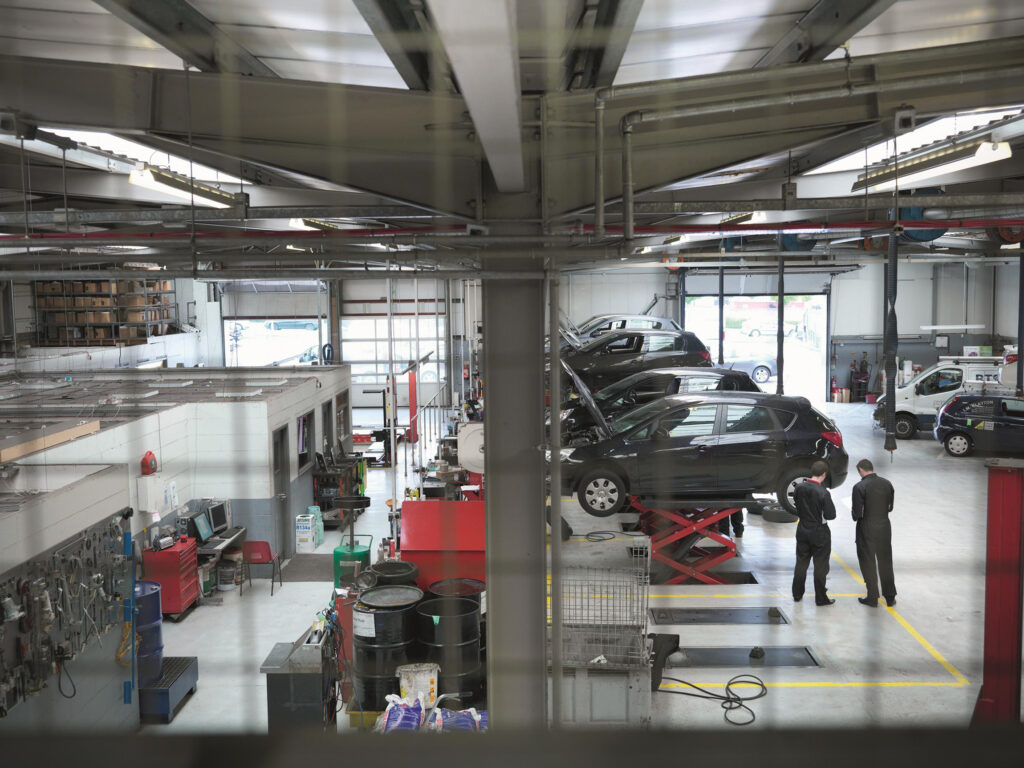
The report also says 40.6 per cent of 500 survey respondents were experiencing a skills shortage, eight per cent down on 2013 and the lowest result in the four years ASA has been conducting research.
Part of this is linked to the end of the mining boom causing workers to returning to their industry, the recruitment of skilled labour from overseas and the consolidation taking place in automotive (see related article).
Asked about their expected labour requirements for the coming year, 55 per cent of respondents said they expected to encounter skill shortages, with reasons including the expectation of mild economic growth and competition for skilled labour.
However apprentices do not appear on the agenda for addressing the skills shortage in many businesses, with 57 per cent not currently employing them compared with 53 per cent in the 2013 survey.
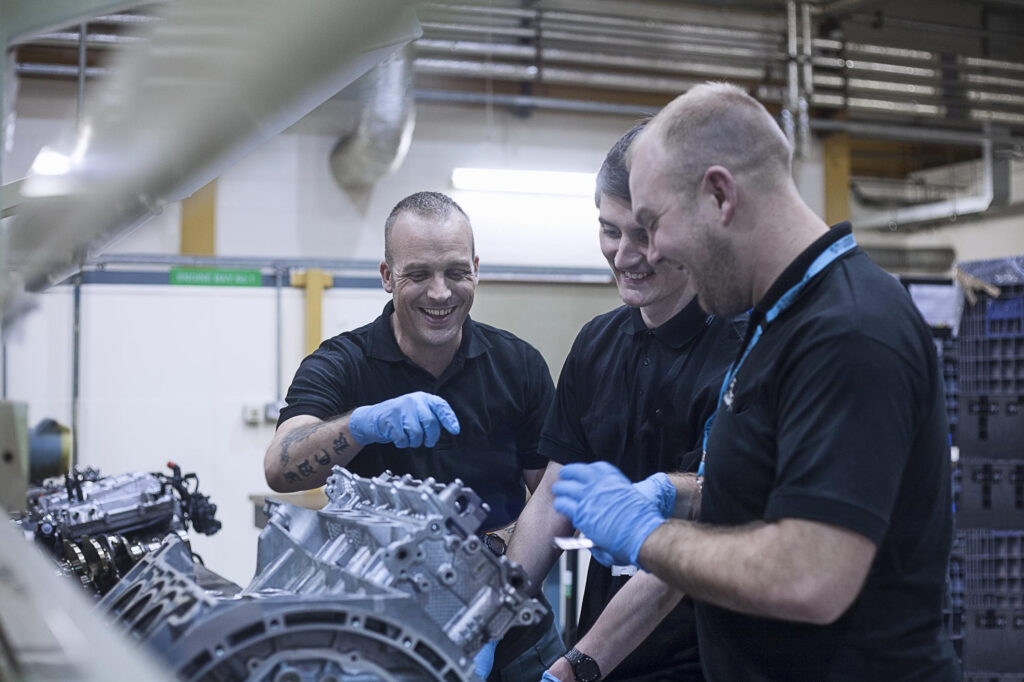
Just 25 per cent were intending to hire apprentices in the next 12 months and 60 per cent of those respondents said they would probably only hire one.
ASA estimates that on average around 47 per cent of automotive businesses use the national vocational and educational training (VET), with the high proportion of sole proprietor businesses bing a major contributing factor due to their lack of time or resources to put into upskilling.
Industry consolidation (see related article) is expected to reduce the number of these small businesses, so ASA expects the proportion of automotive businesses engaging with VET will increase over time.
The good news is that a large portion of the industry is engaged in some form of training, with 40 per cent of respondents regularly using proprietary or product training
ASA says “evidence shows that it is these businesses that invest in training that are best equipped to manage the transitions affecting the industry and emerge stronger as a result”.
Survey respondents said their main labour-related issues were attracting skilled workers, improving productivity among existing employees and the adoption of higher skills across the workforce.
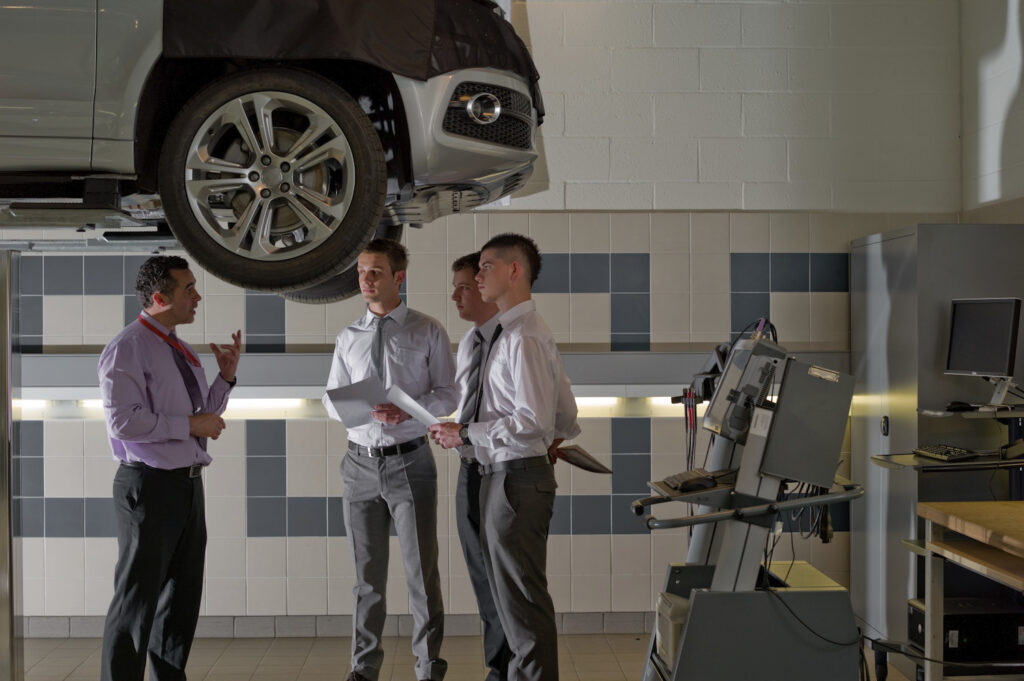
ASA has seen these issues reported consistently over the past your years of the survey, and its research shows that automotive continues to struggle for skilled labour against other industries such as construction and resources.
Many automotive businesses have resorted to imported labour under the 457 skilled worker visa scheme.
The automotive industry’s negative stereotypes in terms of pay and working conditions, combined with the increase in people pursuing a university education instead of a trade career compound the problem.
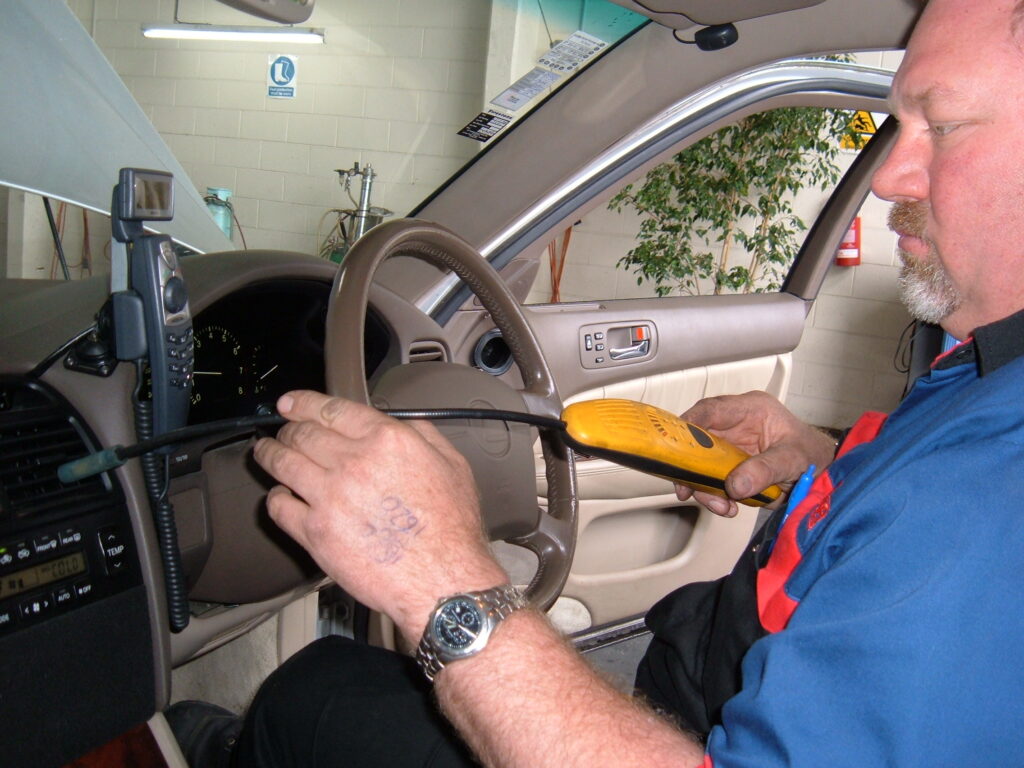
ASA notes how ironic it is that the rapid rate of technological advancement in vehicles has led the automotive industry to require “a higher calibre of skilled worker than at any time in the past”.
“Yet the most suitable students with maths, science, IT and English skills are lured to a university education. Unfortunately, this leaves a cohort of under-achieving students from which employers have to choose.”
Apart from the demographics attracted to the automotive trades, ASA’s research shows the industry is generally positive about the VET system, with the majority of survey respondents providing good feedback about the teaching of both basics and technology as well as course content and assessment standards.
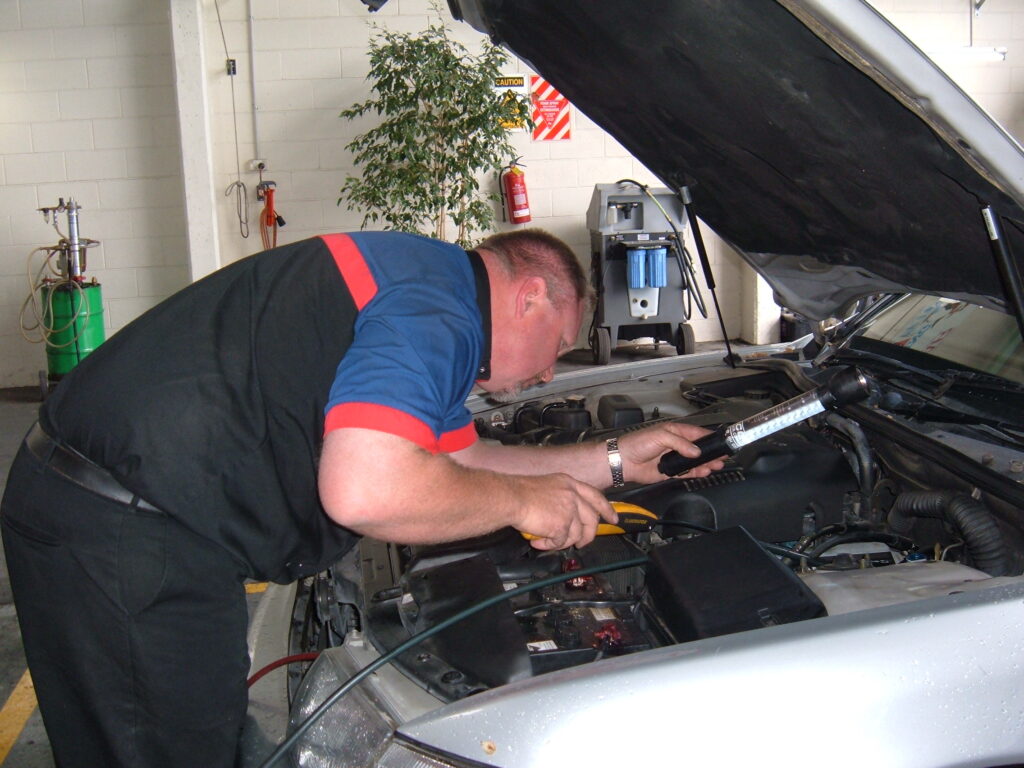
However there was a 4.5 per cent decline in the proportion of respondents who considered the teaching of basics as ‘very good’ and assessment standards “still remain the least favoured aspect of the training system”.
A 2014 survey by the National Centre for Vocational Educational Research revealed that 91.7 per cent of graduates were satisfied with their training, with 86.4 per cent of automotive graduates being employed compared with the 77.6 per cent average for all VET graduates.
An estimated 46 per cent of automotive graduates were in a different type of occupation six months after graduating, but ASA sees this as a positive reflection of the automotive repair and manufacture qualifications it oversees in terms of their value and portability across job roles and industries.
Volatile employment statistics might not show the true story
A comparison of official employment statistics between 2013 and 2014 suggests an additional 19,435 automotive jobs were created in Queensland in that timeframe.

It sounds like good news for the Sunshine State until you drill down to find an inexplicable employment explosion in the fuel retailing sector, more than doubling the 2013 head-count of 6250 workers to 13,225 in 2014.
Then there’s that statistic showing Queensland lost 616 automotive businesses in the same time period, leaving 13,675 operating.
In other words, for the jobs growth figures to be correct, every automotive business in Queensland must have taken on an average 1.4 additional staff between 2013 and 2014. Or all petrol stations are suddenly incredibly well staffed.
The biggest employment increase in the stats was 7600 extra maintenance and repair workers – a whole heap of potential new VASA members – while another 3200 jobs were apparently added in vehicle retail.
On the other hand, an additional 99,279 vehicles were wore Queensland number plates in 2014 compared with 2013, so there are more cars that need maintaining and fuelling. And they were all sold by someone.
But the wild looking figures could be better explained by the fact that the Australian Bureau of Statistics is revising the way it conducts the Labour Force Survey.
Meanwhile the number of businesses and vehicles registered are recorded using a different method, so are more accurately comparable between years.
It could be several years until the ABS has enough years of the new system under its belt for meaningful year-on-year employment comparisons to be made.
- CategoriesIn SightGlass
- TagsApprentices, SightGlass News Issue 3, TAFE, Training

